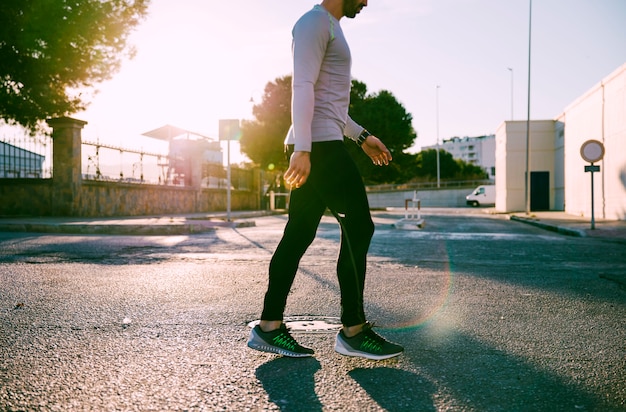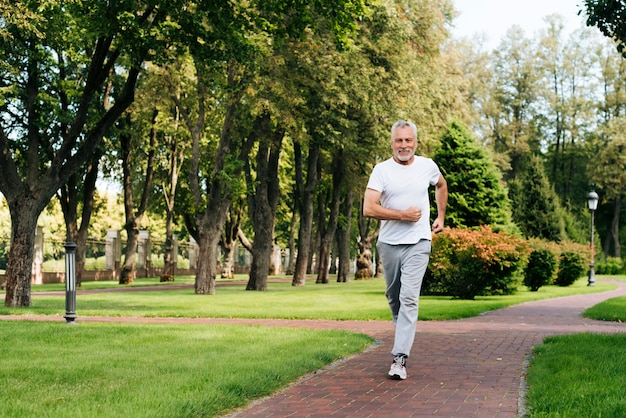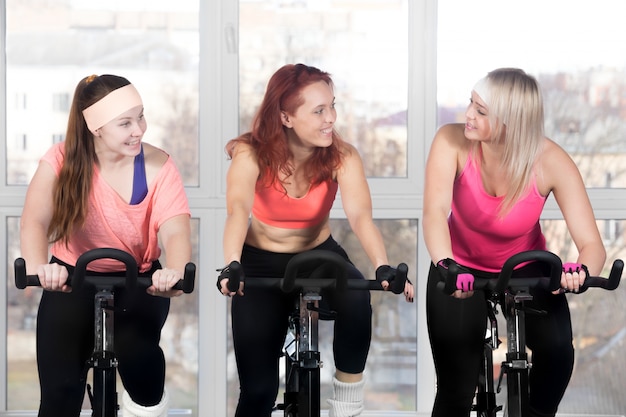Managing blood sugar levels is a daily priority for people with chronic conditions like type 2 diabetes or insulin resistance. While medication and diet play crucial roles, physical activity remains one of the most effective, accessible tools. But when time is tight, energy is low, and motivation wavers, two simple, low-barrier options stand out: walking and jogging.
Both require minimal gear, fit into real-world schedules, and can be done almost anywhere. But which one is better for stabilizing blood sugar? Let’s explore the science, practicality, and long-term sustainability of each to help you make an informed choice.
Physical activity helps lower blood glucose by increasing insulin sensitivity. This means your cells respond more efficiently to insulin, allowing glucose to enter and be used for energy. Exercise also triggers a mechanism called non-insulin-dependent glucose uptake, where muscles absorb sugar from the bloodstream even without insulin—especially during and shortly after activity.
The intensity and duration of exercise influence how much and how long this effect lasts. But more intense doesn’t always mean better—especially when considering consistency and lifestyle fit.
Walking is often overlooked as 'too easy,' but research consistently shows it’s highly effective for blood sugar management. A brisk 30-minute walk after meals can reduce post-meal glucose spikes by up to 22%, according to multiple studies.
Why it works:
For those with busy schedules, walking can be broken into shorter 10-minute sessions—three times a day—still offering significant benefits. This flexibility makes it ideal for real-life routines.

Jogging increases heart rate and calorie burn more than walking, leading to greater improvements in cardiovascular fitness and insulin sensitivity over time. Higher-intensity aerobic exercise like jogging can lead to more pronounced reductions in HbA1c (a marker of long-term blood sugar control).
However, there are trade-offs:
Jogging also carries a higher risk of blood sugar dropping too low (hypoglycemia), especially for those on insulin or certain diabetes medications. Monitoring levels before and after is essential.

The answer depends on your goals, health status, and lifestyle.
Choose walking if:
Choose jogging if:
While jogging may offer slightly greater metabolic benefits per minute, walking wins in the long run for most people—because it’s easier to do regularly. Blood sugar control isn’t about one intense workout; it’s about daily habits that add up.
In fact, studies show that frequent, moderate activity throughout the week leads to better glucose stability than sporadic, high-intensity sessions. Walking after meals, taking short movement breaks during sedentary periods, and staying consistently active matter more than occasional jogs.
When it comes to stabilizing blood sugar in real life—where time, energy, and health limitations exist—walking often emerges as the smarter, more sustainable choice. It’s effective, accessible, and easy to maintain. Jogging has its place, especially for those seeking higher fitness gains, but it’s not necessary for meaningful glucose control.
The best exercise is the one you can do regularly, safely, and enjoyably. For most people managing chronic conditions, that’s a daily walk—no gym, no gear, no pressure. Just steps toward better health, one day at a time.

Health

Health

Health

Health

Wellness

Wellness

Wellness

Wellness

Health

Fitness

Fitness

Wellness

Health

Fitness

Health

Health